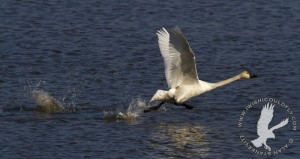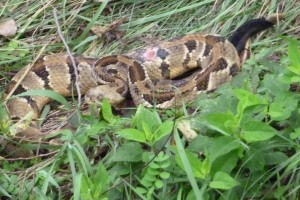I recently stopped at the new observation platform just south of Goose Island to see the tundra swans scattered over the surface of a thin sheet of ice just south of Goose Island, on Hwy 35 in Wisconsin.
They don’t normally stick around when the ice forms, but I guess these knew that a warm front will settle into Wisconsin this weekend! That makes it a great weekend to visit both Wisconsin and Minnesota for swan and duck watching. Volunteers and Mississippi River Fish and Wildlife Refuge personnel will be available weekends with spotting scopes and information until the Tundra Swans leave in mid-December. Alex had a container full of ARROWROOT TUBERS during our visit, which is what the swans are eating in Pool 8.
Yesterday, I met a gentleman, Pete Harmon, who had driven 12 hours from OHIO to come and photograph the swans.
“Creation is so magnificent,” he said, “I just feel priviledge that I can capture one tiny aspect of it in a photograph.”



 It’s fall color time once again and we have color alerts for each of the ten river states along the Mississippi River. Visit
It’s fall color time once again and we have color alerts for each of the ten river states along the Mississippi River. Visit  Also, please let me recommend the book recently released by Susan Schneider… DECORAH EAGLES: A Love Story, published by Friesen Press
Also, please let me recommend the book recently released by Susan Schneider… DECORAH EAGLES: A Love Story, published by Friesen Press
![cropped-IMG_16121[1]](http://www.greatriver.com/wordpress/wp-content/uploads/2011/11/cropped-IMG_161211-300x86.jpg)
